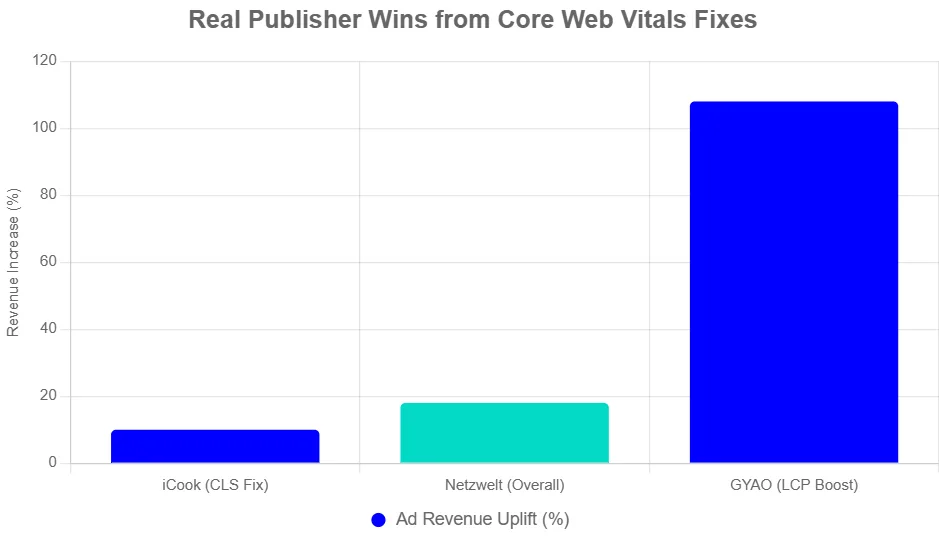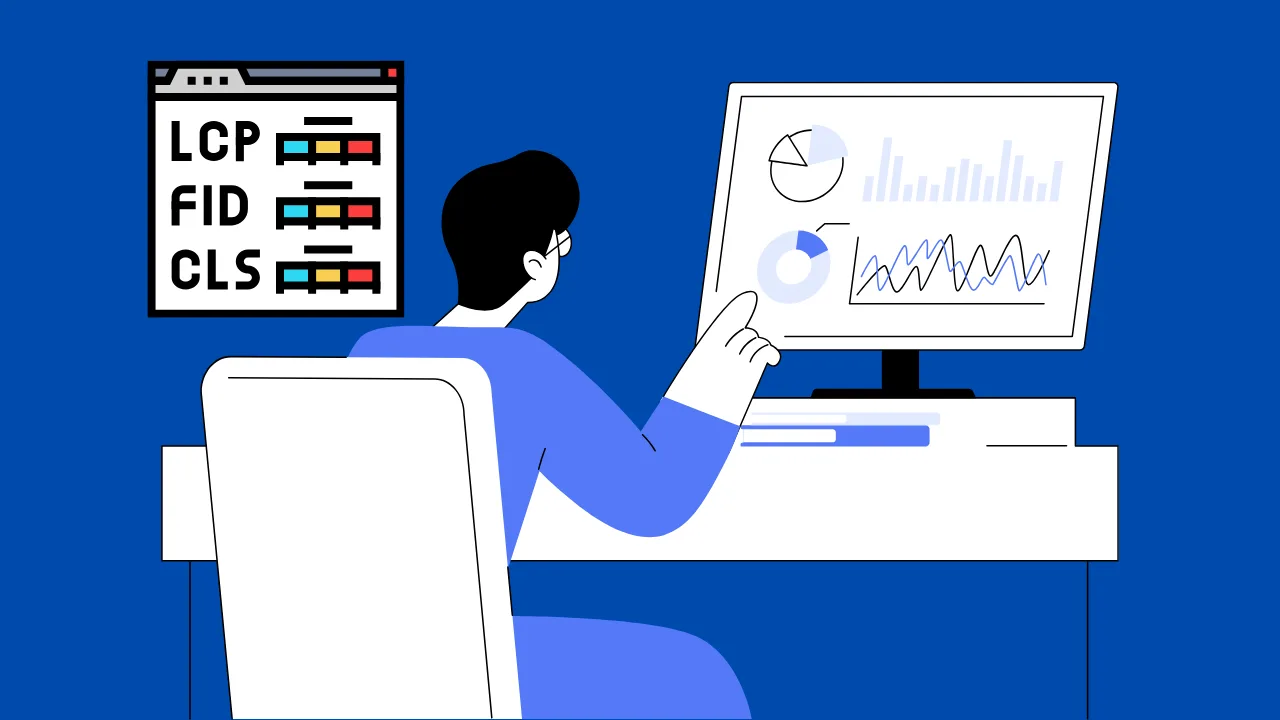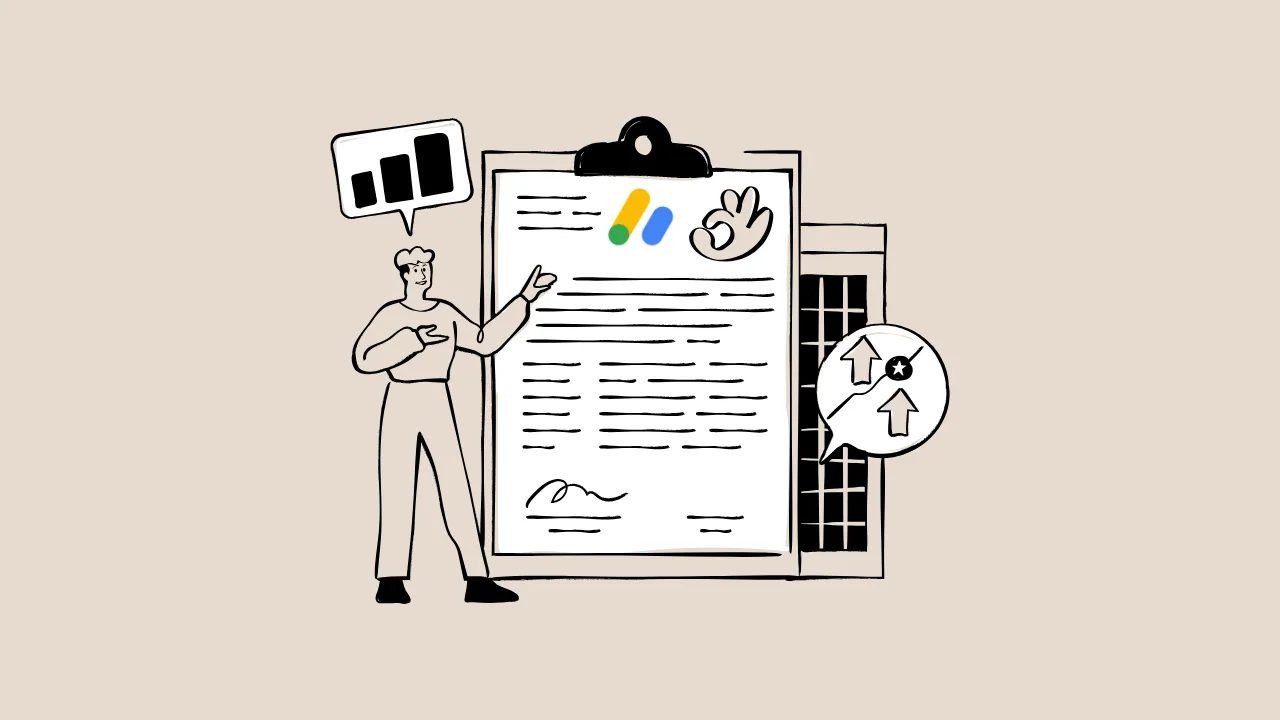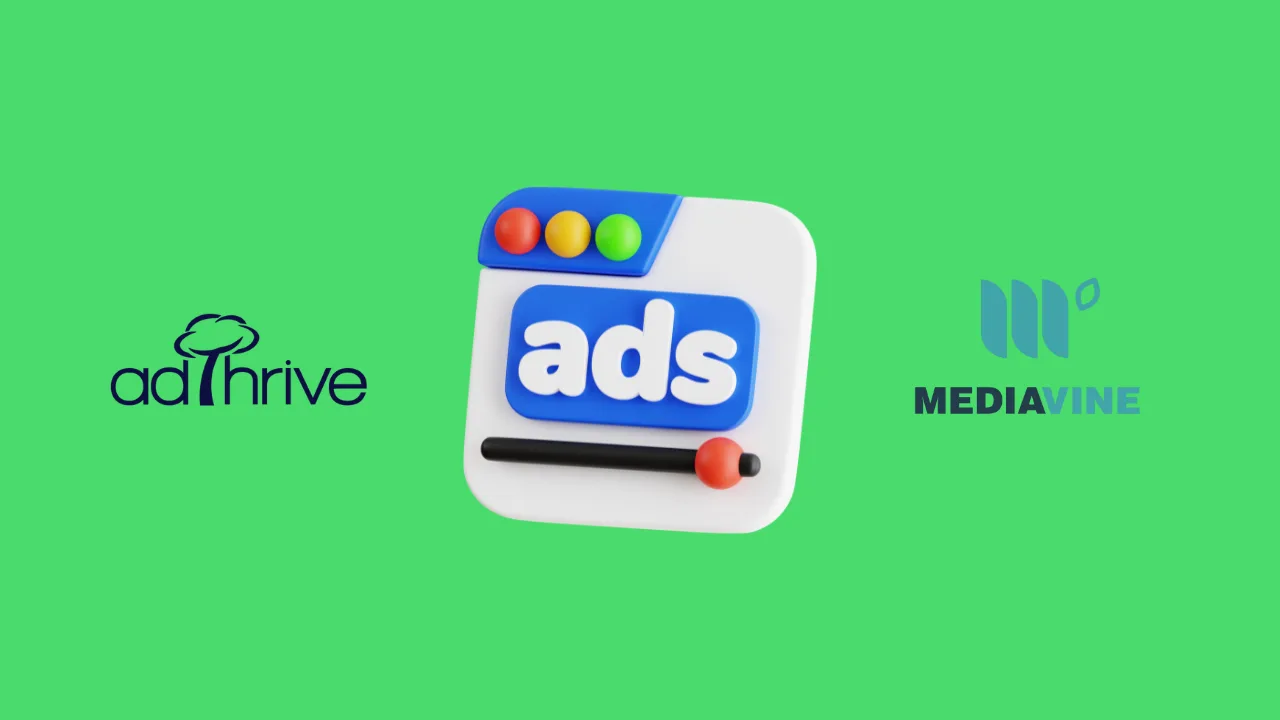Building a cool website full of fun stories or game tips is very impressive, but, what if it loads super slow? Visitors click away fast. No one sees your ads. Ouch! That’s a big pain. Core Web Vitals for publishers can fix that. They help your site shine in Google searches and make more money from ads.
In this Core Web Vitals guide, we’ll break it down simple. Like teaching you how to win at your favorite game. You’ll learn to speed up your site and watch ad revenue optimization kick in.
What Are Core Web Vitals?
Think of Core Web Vitals like the health check for your website. They measure how fast and smooth it feels to users.
Core Web Vitals are a set of real-world, user-centered metrics that quantify key aspects of the user experience. They focus on three main parts: loading speed, how quick it responds to clicks, and if things jump around on the page.
Google uses these to rank sites better. Good scores mean happy visitors stay longer. That boosts your ad views and clicks.
“Great page experiences enable people to get more done and engage more deeply; in contrast, a bad page experience could stand in the way of a person being able to find the valuable information on a page.”
Why Do Core Web Vitals Matter for Ad Revenue Optimization?
Slow sites chase away users. They leave before ads load. That means less money from AdSense.
Poor Core Web Vitals make pages slow. Ads take too long to show. Users bounce, so you miss impressions. Better vitals keep folks around. More time on site equals more ad cash.
Publishers see big wins. Like a 10% jump in revenue from fixing one score. It ties right to E-E-A-T – your site’s smarts and trust.
Here’s the deal: In 2025, Google pushes user-first sites. Slow ones get left behind in searches. Fast ones win ad revenue optimization.
By using these platforms, publishers can gain insights into how improving Core Web Vitals can potentially lead to increased ad impressions and higher ad revenue.”
Mastering LCP: Keep Your Content Loading Lightning Fast
What Is LCP?
Largest Contentful Paint, or LCP, tracks how long it takes for the biggest image or text block to show up. It’s like waiting for the star of your video to appear.
Aim for under 2.5 seconds for a “good” score. Over 4 seconds? That’s poor. It matters because users want quick peeks at your cool stuff.
Why It Matters
Slow LCP frustrates kids like you scrolling for tips. They click away. Your AdSense application might get rejected if pages drag.
It hurts rankings too. Google loves speedy sites for better user experience.
How to Fix LCP
Cut big images. Use tools to shrink them. Load key stuff first.
Practical Application
Test your homepage with free tools. See if that hero image slows things.
Monetization Impact
Faster LCP means more ad views. One publisher fixed it and saw 108% better click-through rates.
Tackling INP: Make Your Site Respond Like a Pro Gamer
What Is INP?
Interaction to Next Paint, or INP, measures from click to screen update. It’s how snappy your buttons feel.
Good is under 200 milliseconds. Slow taps annoy users, like lag in a game.
INP replaced FID in 2024. It catches more real delays.
Why It Matters
Clunky clicks make visitors mad. They leave fast, killing ad revenue.
For publishers, it boosts engagement. Happy users click ads more.
How to Fix INP
Break long tasks in code. Use simple JavaScript.
Practical Application
Add a “loading” spinner on buttons. Test clicks on your menu.
Monetization Impact
Quick responses keep eyes on ads. Ties to higher earnings in AdSense.
“After another year of testing… the Chrome team decided to promote INP as the new Core Web Vitals metric for responsiveness, effective March 2024.”
Conquering CLS: Stop Those Annoying Page Jumps
What Is CLS?
Cumulative Layout Shift, or CLS, scores surprise moves on your page. Like ads popping in and shoving text.
Good is under 0.1. Jumps over 0.25? Bad news.
Why It Matters
Jumpy pages make users tap wrong buttons. Frustrating! It tanks your trust score.
Google flags it in rankings. Slows AdSense approval.
How to Fix CLS
Reserve space for ads. Set fixed sizes in code.
Practical Application
Check your blog posts. Do images shift text?
Monetization Impact
Stable pages load ads smooth. One fix led to 10% more ad money.
Here’s a quick code example to reserve ad space and cut CLS. Paste this HTML snippet into your si
<div style="width: 300px; height: 250px; background-color: #f0f0f0;"> <!-- Ad loads here – no shift! --> <script async src="your-ad-script.js"></script> </div>
Think of it like saving a seat at the movies. No one bumps your spot!
Comparison of Core Web Vitals Measurement Tools: Pick Your Best Fit
| Tool Name | Key Feature | Best For | Price/ROI | Cons/Issues |
|---|---|---|---|---|
| PageSpeed Insights | Lab and field data scores | Quick single-page checks | Free / High (fast fixes) | No deep waterfalls |
| Google Search Console | Real-user field data | Site-wide trends | Free / High (SEO ties) | Data lags 28 days |
| Lighthouse | Audits with code suggestions | Devs optimizing locally | Free / Medium (learning curve) | Lab only, no field data |
| WebPageTest | Detailed waterfalls and filmstrip | In-depth debugging | Free/Paid / High (precise) | Steeper learning for kids |
This table helps you choose. Start free with PageSpeed for easy wins.
How to Improve Your Core Web Vitals: A Step-by-Step Checklist
Follow this numbered list. It’s like a treasure map to better scores.
- Test Your Site: Go to PageSpeed Insights. Enter your URL. Note LCP, INP, CLS scores.
- Optimize Images: Use WebP format. Shrink files under 100KB. Tools like TinyPNG help.
- Reserve Ad Space: Add fixed divs for ads, like the code above. No more jumps!
- Cut JavaScript: Defer non-key scripts. Load ads smartly after page show.
- Check Mobile: Test on phone. Fix slow spots for 70% of users.
- Track Changes: Use Search Console. Watch scores weekly.
- Link to Analytics: Tie vitals to ad data in GA4. See revenue jumps.
So, what’s the bottom line? Small tweaks add up big.

This chart shows quick wins. See how GYAO crushed it with LCP? You can too!
Wrapping Up: Future-Proof Your Site for Ad Revenue Optimization
Core Web Vitals guide you to a zippy site. Fix LCP, INP, CLS now. Watch AdSense approve faster and revenue climb.
In 2025, expect tighter ties to AI rankings. Stay ahead – optimize today. Your future self (and wallet) will thank you.
“iCook improved CLS by 15% to achieve 10% more ad revenue.”
Frequently Asked Questions (FAQs)
What if my AdSense got rejected over Core Web Vitals?
Check scores in Search Console. Fix slow parts. Reapply in 30 days. Most bounce back stronger.
How often should I check Core Web Vitals?
Weekly for new sites. Monthly once steady. Tools make it fun and quick.
Can Core Web Vitals boost my rankings in 2025?
Yes! Google weighs them heavy for user joy. Good scores mean top spots and more traffic.
Are there free tools for ad revenue optimization with vitals?
Totally. GA4 links vitals to ad stats. Spot slow pages killing cash.
What’s the biggest Core Web Vitals pain for new publishers?
CLS from ads. Reserve space – easy fix for big gains.






